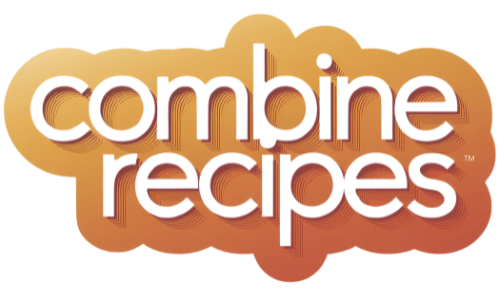Broiling Basics: Master the Art of Quick and Crispy Cooking one of the fastest and simplest cooking methods to achieve crisp, golden textures and intense flavors. Whether you’re preparing meat, vegetables, or snacks, broiling harnesses direct heat from above to deliver restaurant-quality results at home. Let’s dive into the essentials of broiling and how to make the most of this cooking method.
What is Broiling?
Broiling Basics uses the heat from your oven’s top heating element to cook food quickly. It’s similar to grilling but with heat directed from above rather than below. This technique is ideal for creating seared textures and caramelized flavors on a variety of dishes.
If you’re interested in exploring similar techniques, you might enjoy this guide on Japanese-style grilled chicken skewers, which highlights the art of grilling with flavorful marinades.
Why Broiling Basics is Worth Mastering
Broiling offers several unique benefits:
- Quick Cooking: Ideal for busy nights when you need dinner ready fast.
- Minimal Equipment: You only need an oven, a broiler-safe pan, and some seasoning.
- Healthy Cooking: Uses little to no oil, making it a leaner option than frying.
- Flavor Enhancement: Perfect for crisping up chicken wings, vegetables, or bread.
For more inspiration, check out this recipe for Cajun spice chicken wings with remoulade sauce, which showcases how broiling can enhance bold, spicy flavors.
Tools You Need for Broiling
Ensure you’re prepared with these essentials:
- Broiler Pan: Designed to collect drippings while allowing heat to circulate.
- Meat Thermometer: Ensures accurate cooking, especially for meat.
- Oil or Nonstick Spray: Prevents sticking and enhances browning.
Step-by-Step Guide to Broiling
1. Preheat the Broiler
- Turn on the broiler and allow it to preheat for 5–10 minutes. This step ensures even cooking.
2. Position the Rack
- Place your oven rack closer to the heat for thin cuts of food, such as fish or bread, and further away for thicker cuts like chicken breasts.
3. Prepare Your Food
- Lightly coat the food with oil or seasoning. This not only prevents sticking but also promotes browning.
4. Monitor Closely
- Broiling happens quickly—stay nearby to avoid burning.
Foods Perfect for Broiling
Broiling works wonders on a variety of ingredients, such as:
- Meats: Steaks, chicken breasts, pork chops, and lamb.
- Vegetables: Zucchini, peppers, asparagus, and tomatoes.
- Snacks: Garlic bread, cheese melts, and nachos.
For a lighter twist, consider trying this flavorful lemon garlic chicken recipe, which pairs well with broiled vegetables for a healthy meal.
Tips for Success
Here are some expert tips to enhance your broiling skills:
- Rotate the Pan: Halfway through cooking, rotate the pan to ensure even browning.
- Keep the Oven Door Slightly Ajar: This helps prevent overheating and maintains consistent airflow.
- Clean Your Broiler Pan: Remove burnt residue to avoid smoke during cooking.
FAQs About Broiling
What’s the Difference Between Broiling and Baking?
Baking uses indirect heat to cook food evenly, while broiling uses direct, intense heat from above to create crispy textures.
Do All Ovens Have a Broiler?
Most modern ovens include a broiler, either as a separate compartment or as part of the main oven cavity.
Is Broiling Healthy?
Yes, broiling uses little to no oil, making it a low-fat cooking method.
Broiling is a versatile, quick, and healthy way to create flavorful meals. Whether you’re broiling meats, vegetables, or snacks, mastering this technique can elevate your cooking. Try incorporating broiling into your next meal, and don’t forget to explore recipes like buffalo chicken wings for delicious broiled snacks!

